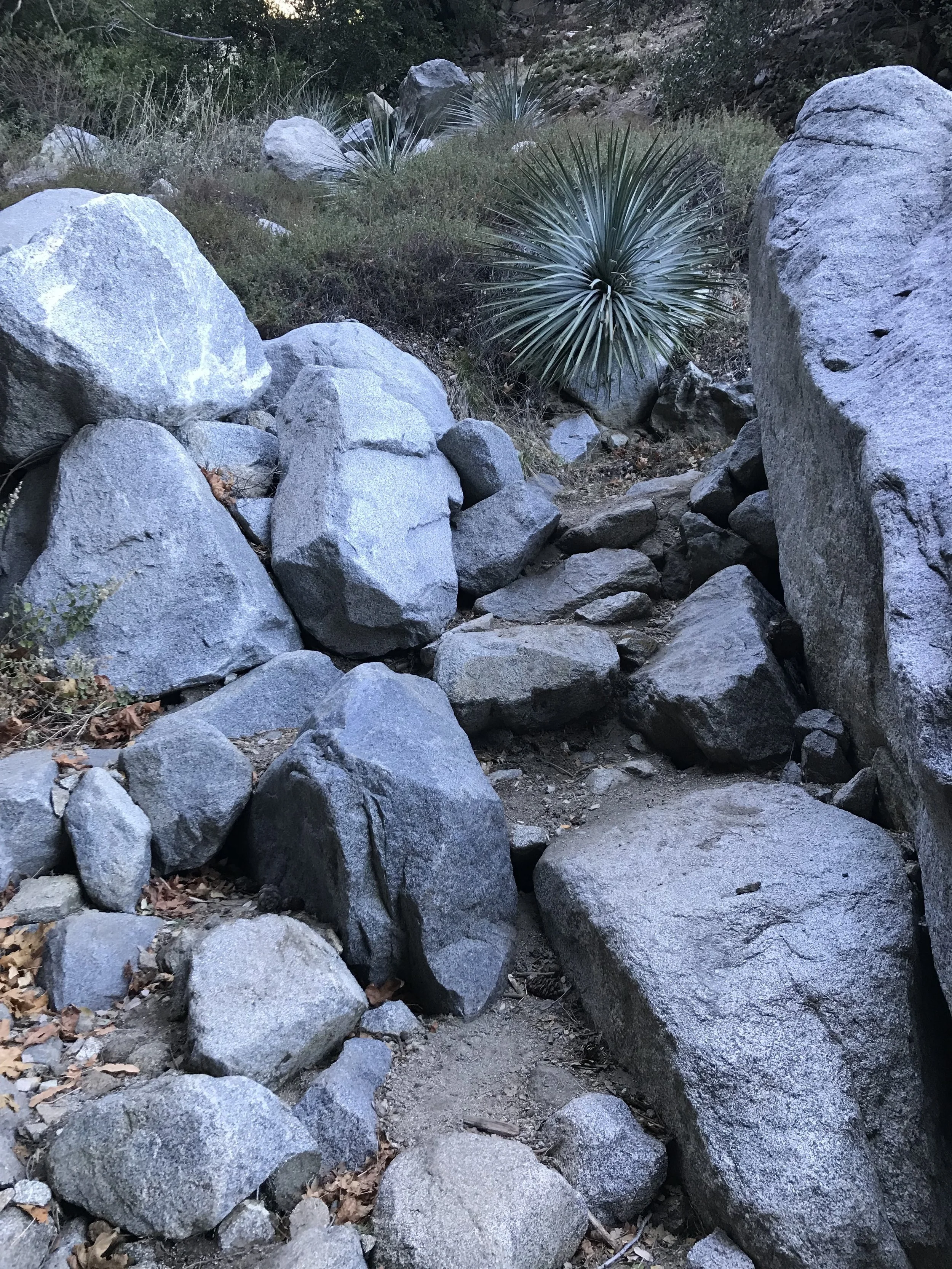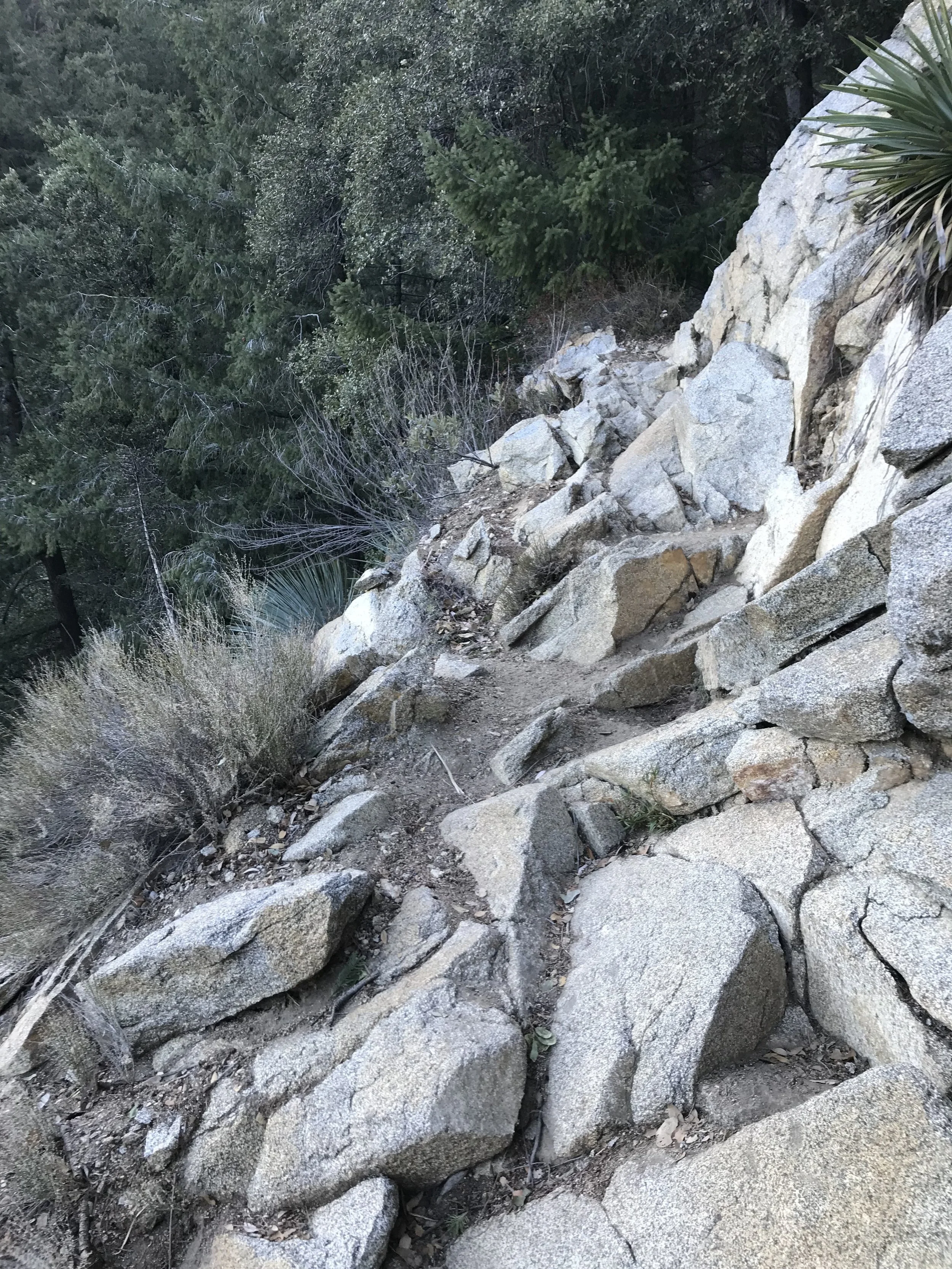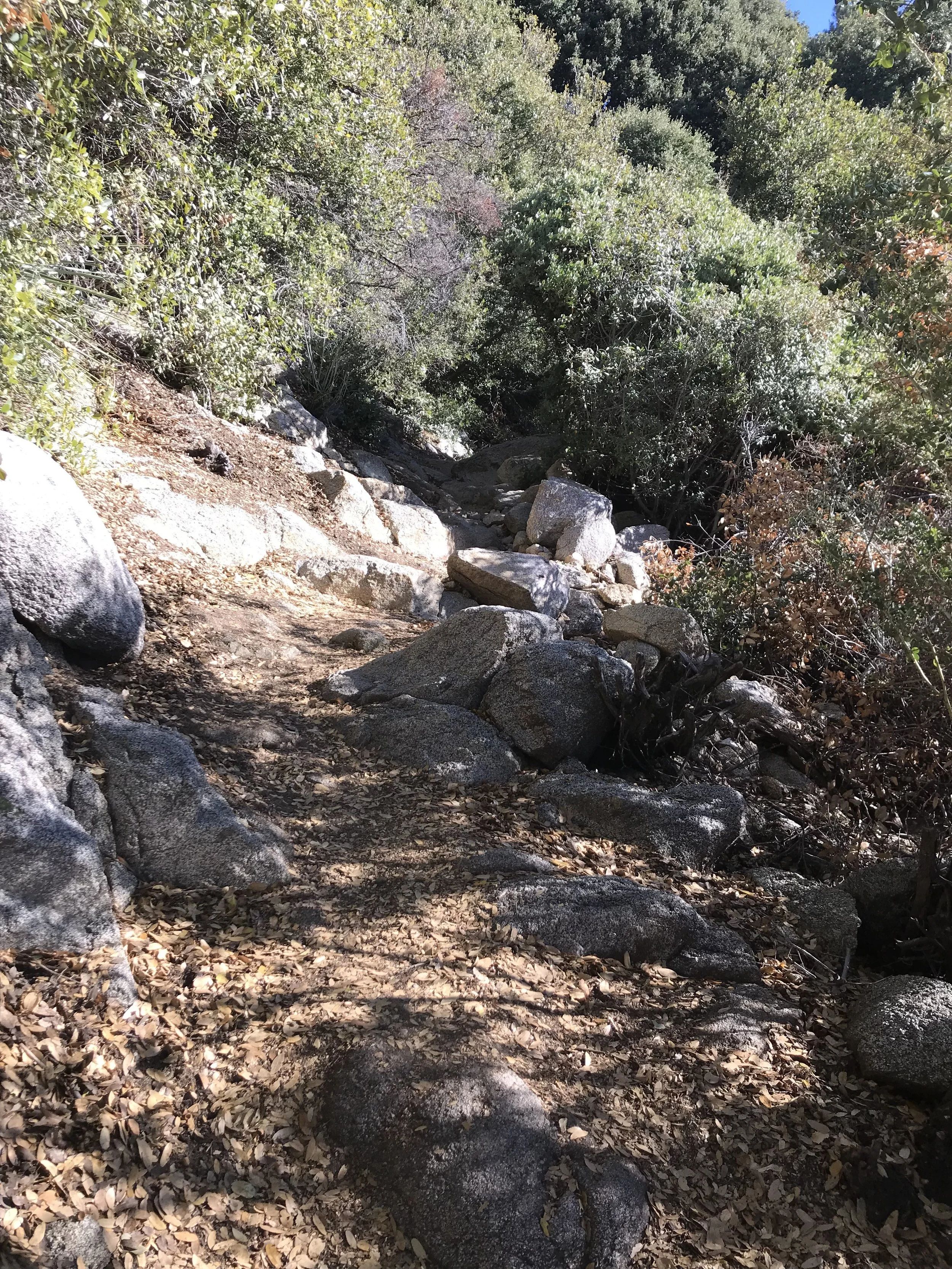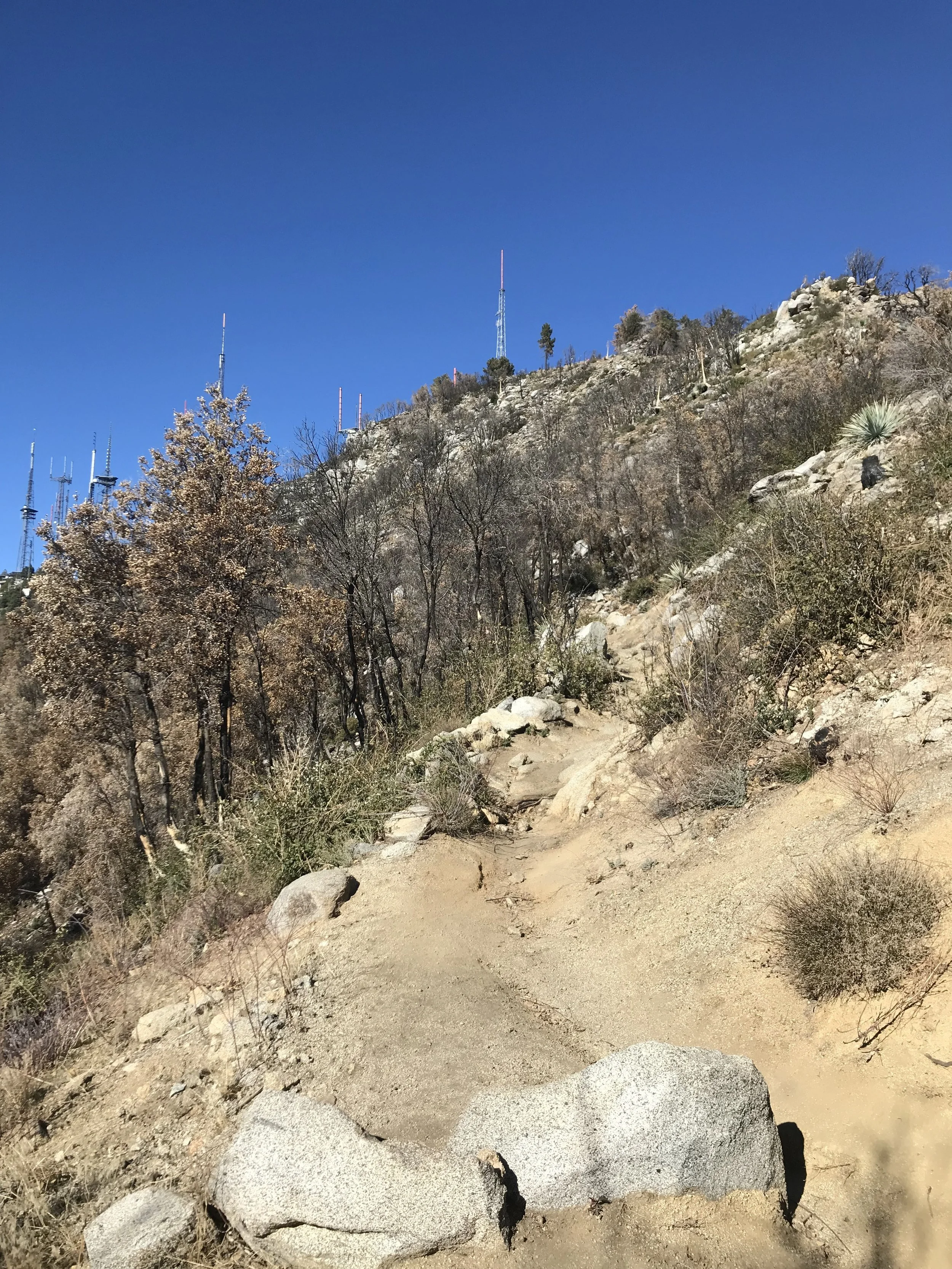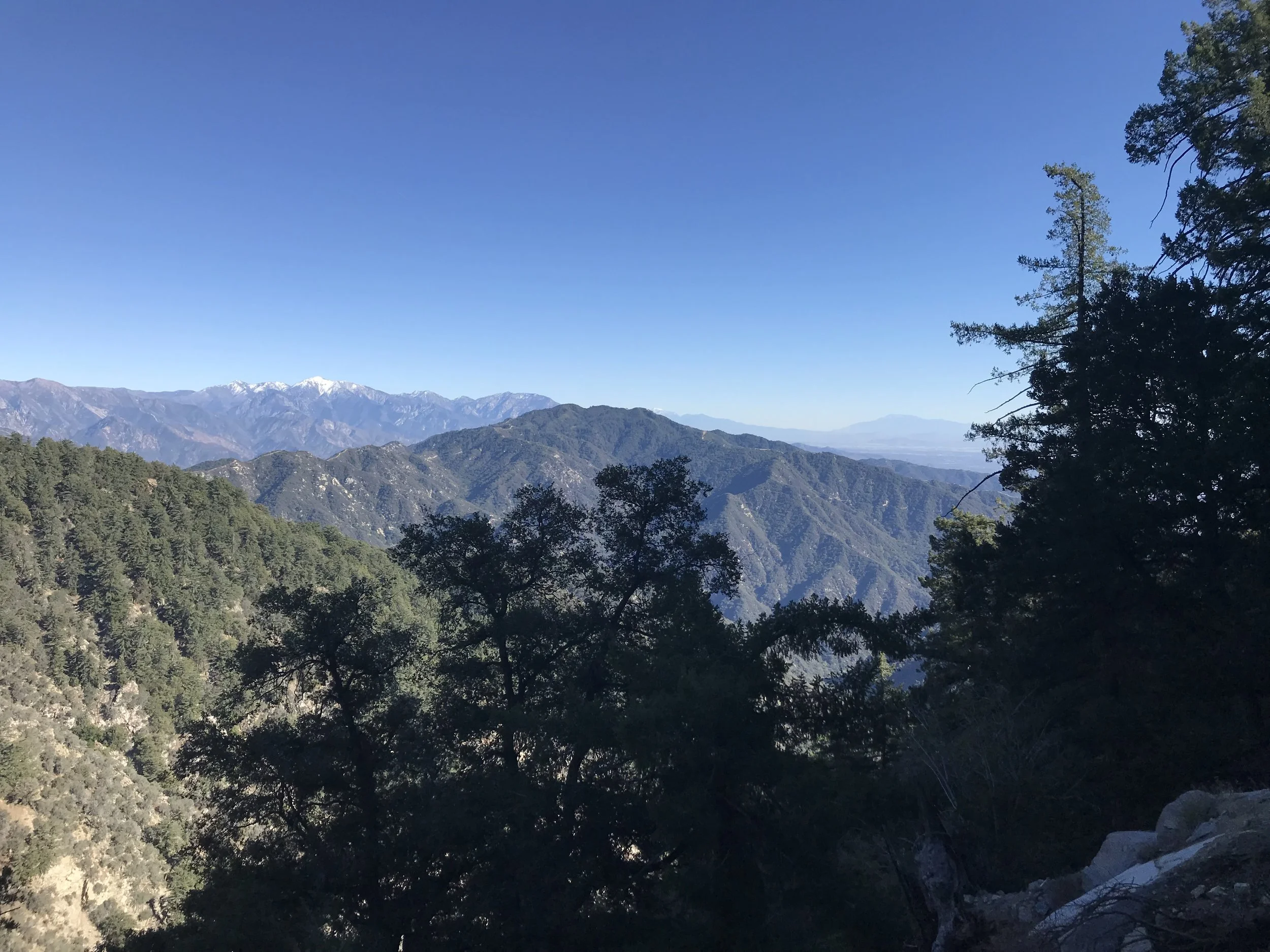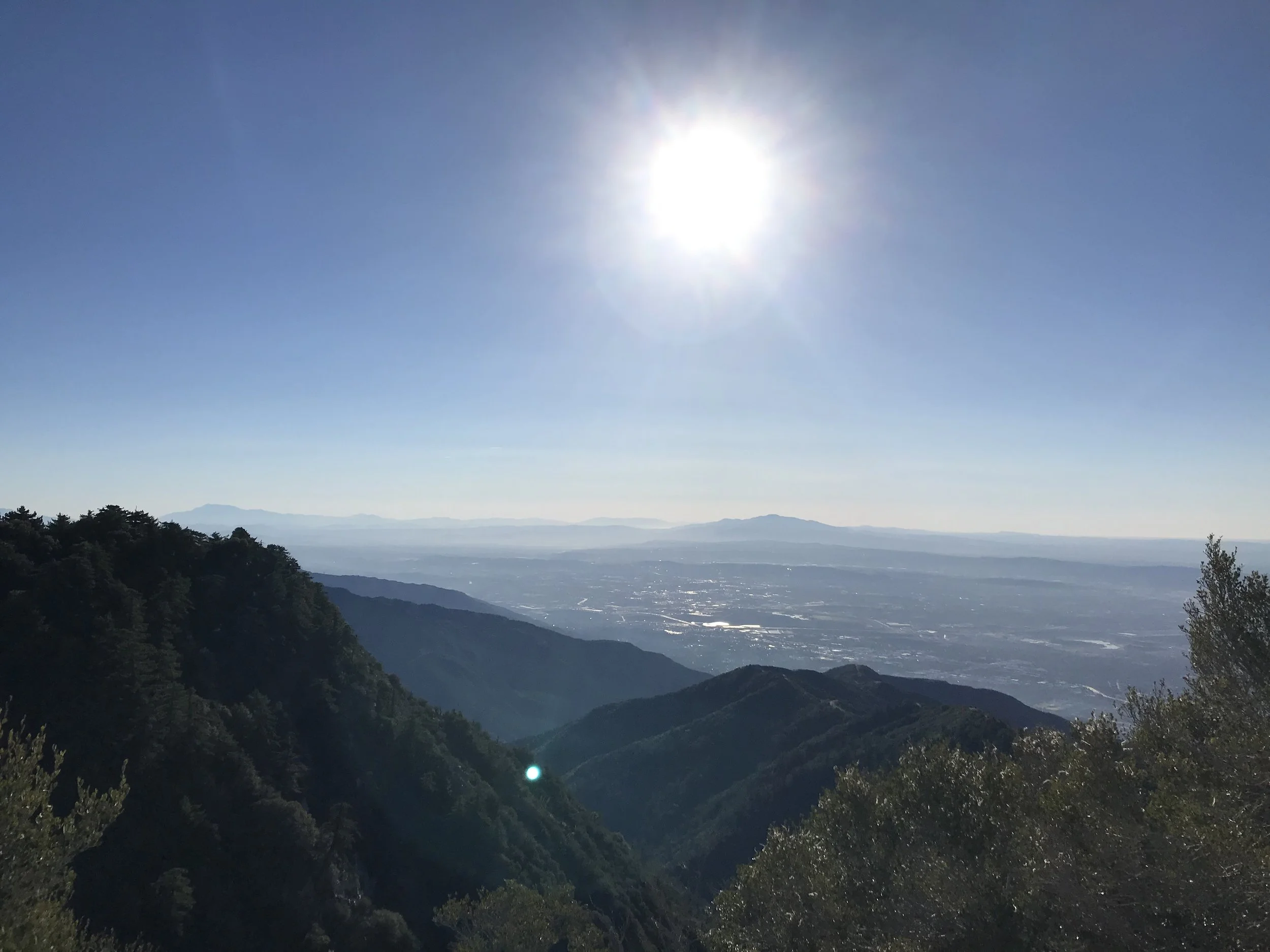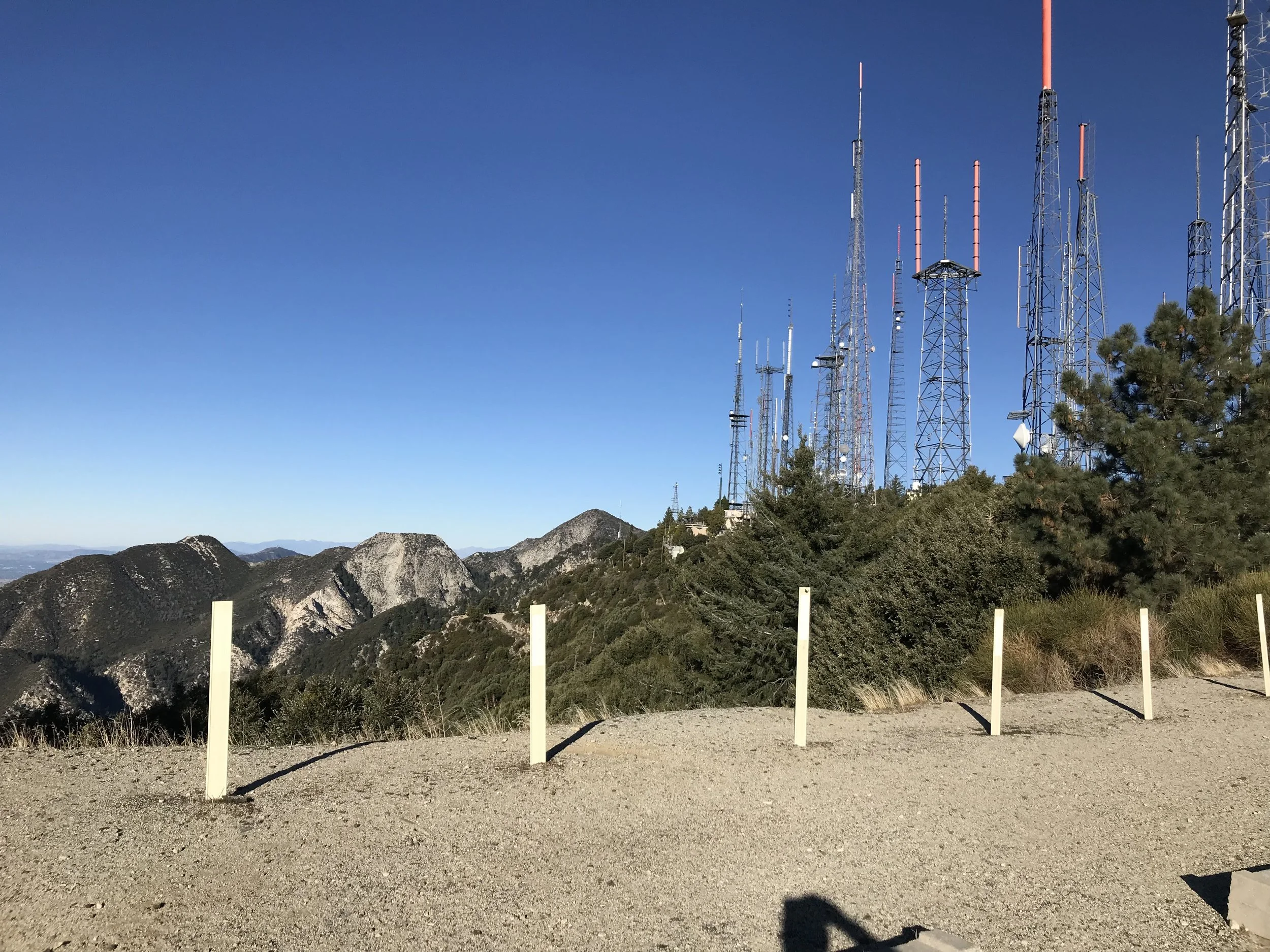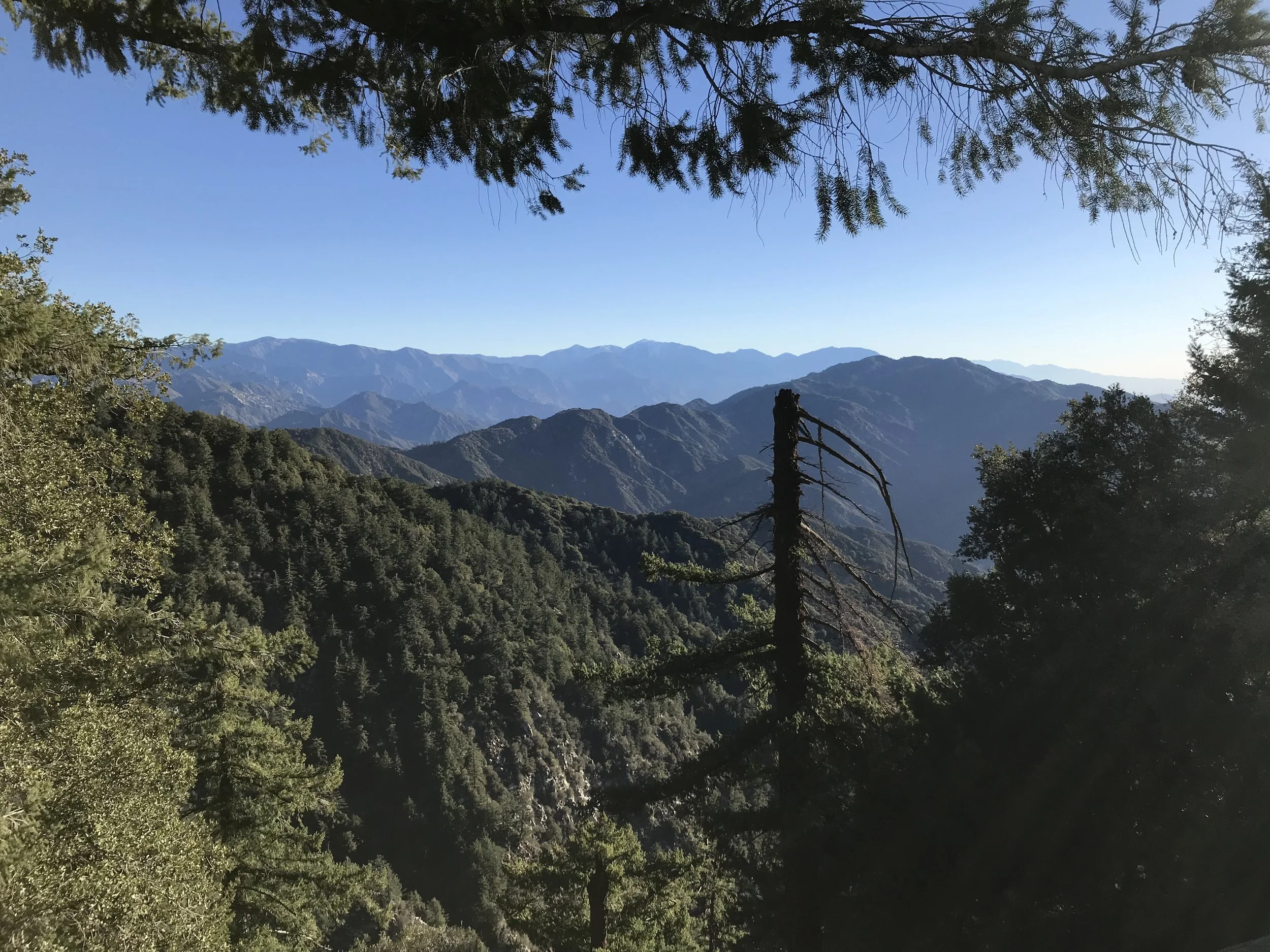First steps towards a 100 (Mnt Wilson Double)
As part of my Road to 100 project (more to come on that soon), I participated in my first ever true ultra-marathon event this past Saturday at the Mount Wilson Double. An ultra-marathon is any distance larger than a marathon (26.2 miles/42 Km). The longest continuous run I had previously completed was the marathon portion of the IronMan in May, and the longest I had run in 24hours was 42 miles at the 2018 Los Angeles Air Force Base POW/MIA commemoration relay.
The Mount Wilson double is a trail run organized annually by the wonderful Cyndi Wyatt and Ricardo Ramirez, and brings the Ultra community together for a fun day of challenges and a great way to close the year. The challenge is to complete the Mount Wilson ascent twice in one day, three times if you are really down for a butt kicking.
You can find the trail on the Hiking Project app (highly recommended app!) under the name ‘Mount Wilson’. The 13.7 mile out-and-back trail features 4,763ft of total ascent and another 4,763ft of descent. It is a great trail with tremendous views and a wide variety of trail conditions, from fire-roads to narrow rock-passages and everything in between.
Lap 1 - This is not too bad: Together with David Ashley (and experienced ultra-athlete) and Anya Fedotova, two great running partners from LA AFB, we started our first ascent at 0630. I am new to trail and ultra running, so I was glad David was there to give us some valuable pointers. On the way up to the summit, walk the uphills and run the flats and local downhills. When hiking the uphills, make sure you fully extend your legs to take maximum advantage of a full stride. On the way down from the summit, especially with a multiple ascent race, be conservative and avoid the temptation to run the whole way down.
After years of using hill sprints and other uphill activities in my workout routine, I am so used to moving uphill. I am alot less used to travel downhill with proper technique however. Descending from the mountain may seem easy, but if you don’t use proper technique a 4,500ft descend will destroy your legs as much if not more than the uphill journey. This was my first taste of a proper long distance downhill run, and I found out at the bottom of the hill my quads were on fire. Guess I should have read this handy downhill running guide by Rock Creek Runner.
I got on the Strava wagon pretty late, but I finally made it. Above is the Strava screenshot of my Lap 1 summary. One additional aspect of Ultra I am learning a ton about as a newbie is pacing. A 16:19min/mile pace does not sound blistering fast, and its not. But that is exactly the type of pace you need to maintain to finish a 10K+ ft ascend and descend Ultra run. Strava also calculates your Grade Adjusted Pace (GAP) , which estimates an equivalent pace when running on flat land, allowing you to compare hilly and flat runs more easily.
Lap 2 - I don’t remember it being this steep: After a 10 minute break at base-camp restocking our supplies, we started the second trek up the mountain accompanied by a visit from Liz and Jackson (our energy dense pitbull). After hiking the first mile up the hill with them, we split off to continue our “jog” up for a second summit.
I decided to pick up the pace a bit and push ahead of David and Anya, summiting about 10 minutes ahead of them. Since i wanted to cover 30 miles for the day, I decided to track back to meet them a little under a mile from the summer and accompany them back up for a second time (hence the double summit in the profile below). Perhaps not surprisingly, the second time up felt ALOT steeper!
I decided to push the pace a little bit more on the second descent of the day, trying to employ some running techniques I had learned on the first descend: quick feet and higher stride cadence, leaning forwards to conserve quad muscle condition, and looking further ahead to find the cleanest line possible.
Overall, this run just confirmed and solidified my new found passion for ultra endurance events and the love of the outdoors. The community, the scenery, and the challenges are second to none. I learned a lot of lessons during my first ultra event, which will pay dividends when I tackle my first 50 miler (80.5Km) in June at the Old Cascadia 50 miler in Oregon.



